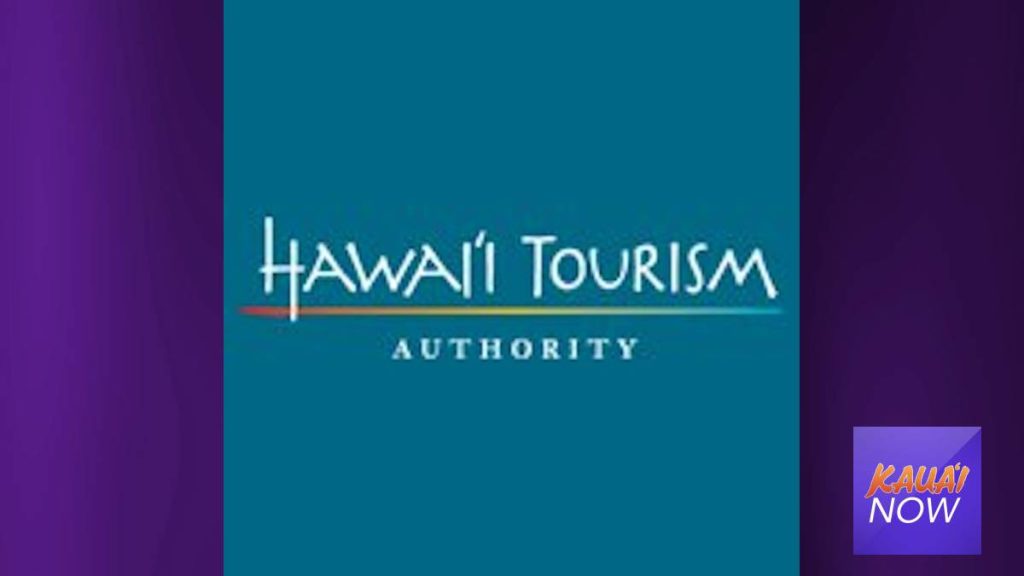Deprecated: stripslashes(): Passing null to parameter #1 ($string) of type string is deprecated in /mnt/efs/html/wp-content/plugins/template-scripts/src/AuthorBios/Frontend.php on line 129
Tourism Leaders Share Feedback From Kaua‘i Destination Management Action Plan

Officials networked with the east side community Tuesday, Aug. 16, and Wednesday, Aug. 17 to chart a new course for managing tourism, one that focuses on taking care of the land and giving a voice to the residents who live here.
The Hawai‘i Tourism Authority and Kaua‘i Visitors Bureau invited the public to a series of meetings this week to share the result of input provided by residents in the 2021-23 Kaua‘i Destination Management Action Plan, which focuses on solutions to help rebuild, redefine and reset the direction of tourism. Although phase one of the restructuring process was met with support, some residents still question how much more the island can handle.
“For those of us that live here, we can all agree that there are too many tourists,” said one attendee after asking if there was anything that could legally be done to slow the pace of the industry.
“No is the simple answer,” officials stated while noting that if tourism slowed, growth and local infrastructure would slow down as well.
However, when asked about the number of visitor rentals congesting traffic, KVB Executive Director Sue Kanoho said that diverting 500 Turo users to park at Kukui Grove was a win for the Garden Isle and that rental car fleets were reduced by half during the pandemic.
“This was all in response to the airport’s new optimization plan,” she said, adding that the community-based plan also highlights the efforts of numerous local, industry, and government partners. “We’re creating local opportunities to produce educational commercials, as tourism growth cannot outweigh the best interests of the environment and residents’ day-to-day lives.”
She said that officials continue to work diligently to mitigate the effects felt by over-tourism.
The county has pursued shutting down illegal transient vacation rentals and introduced a bill to charge parking fees to nonresidents at select parks while also planning for more shuttle services in the future.
DMAP was approved by the HTA board of directors in December 2020 and made available to the public on Feb. 5, 2021. The plan is divided into three, year-long phases. The initiatives within the DMAP report include educating visitors about mindful travel prior to and during their visit, supporting increased management and protection of the island’s natural resources, investing in the perpetuation of Hawaiian culture, supporting local businesses, and managing hot spot locations.
Currently, HTA, County, KVB, and DLNR’s State Parks Division and Nā Ala Hele Trails- Kaua‘i office is in communication regarding hotspot areas.
To learn more about the Aloha Pledge, click here.
Sponsored Content
Notice: Function the_widget was called incorrectly. Widgets need to be registered using
register_widget(), before they can be displayed. Please see Debugging in WordPress for more information. (This message was added in version 4.9.0.) in /mnt/efs/html/wp-includes/functions.php on line 6114




